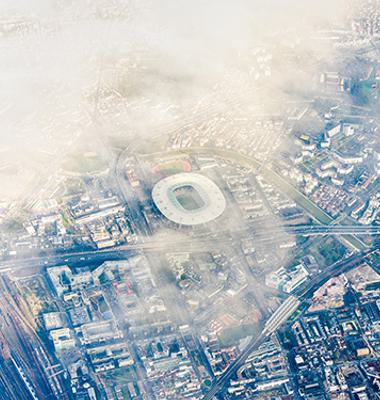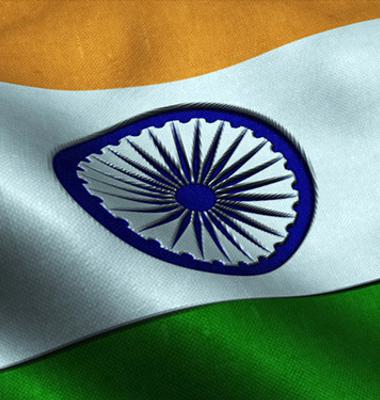Unrest in Belarus continues following election result

With Belarus in crisis, we explore what's driving the unrest and what lies in store for the future.
Belarus, a former Soviet Union state in Eastern Europe, has often been labelled as ‘Europe’s last dictatorship’, having been ruled by incumbent President Alexander Lukashenko since 1994. Following presidential elections on 9th August, the country has been gripped by a wave of mass unrest. These protests have resulted in at least five people being killed, with thousands more arrested and beaten amid widespread allegations of torture and police brutality.
A number of opposition leaders, including leading figure Sviatlana Tsikhanouskaya, fled the country out of fears for their safety. The government’s response has attracted international condemnation and the EU has imposed economic sanctions on a number of regime figures.
Why is there unrest in Belarus?
The short-term trigger for the unrest has been the controversial election result on 9th August. Lukashenko was officially declared victor by a resounding margin, but there were widespread reports of electoral malpractice and vote-rigging. The EU has deemed the result illegitimate and imposed sanctions on regime figures deemed responsible for the electoral irregularities.
However, public dissatisfaction with the government runs far deeper.
The government’s response to the COVID-19 pandemic, long-term weak economic growth, stagnant living standards and general fatigue relating to the length of Lukashenko’s time in power are key contributors. Demonstrators desire wholesale reform of Belarusian society, something that Lukashenko appears unwilling to deliver.
What lies in store for the future?
Will President Alexander Lukashenko resign?
Despite the unrest, we assess that Lukashenko’s resignation is highly unlikely in the medium-to-long term.
Lukashenko has adopted a highly adversarial response to the unrest. He claims he would rather die than host fresh elections and has described the protesters as rats. The government argues that the unrest is being driven by foreign governments and Western institutions, with the intention of destabilising the country.
Lukashenko has deployed Belarusian military forces to the country’s western border and instructed government ministries to suppress unrest by whatever means necessary. State media recently showed the president brandishing an assault rifle and praising the work of the police and military.
So, if Lukashenko won't resign, what will happen instead?
Neither popular sentiment or Lukashenko’s opposition to compromise are likely to change. This leaves the president with little room to manoeuvre. In the absence of a desire to engage with demonstrators, the use of force may be the only way that the government can regain control of the security situation.
This appeared to be the initial plan after the elections, but the recent response of security forces has been less aggressive. This is owed to the international condemnation that arose after violent scenes were reported across the country. Moreover, the violence is likely having a catalysing, rather than deterring, effect on demonstrators. However, in the long term, if the government wishes to quell protests without reform, there appears to be little option but to use overwhelming force.
Will Russia intervene in a similar way to Ukraine in 2014?
Parallels have been drawn between recent unrest in Belarus and the 2014 revolution in Ukraine. This is when the then-President Viktor Yanukovych was forced to flee the country after prolonged mass demonstrations. However, there are a number of differences to take into account.
The unrest in Belarus is largely anti-Lukashenko, rather than pro-EU and anti-Russian, as was the case in Ukraine.
Lukashenko currently maintains effective control over the security apparatus and government. In Ukraine, Russia’s intervention was triggered by the de facto loss of control of the country and government by Yanukovych. In addition, there were fears of the emergence of a pro-EU government in what Russia has typically viewed as its ‘backyard’.
As long as the security forces remain loyal to the government, a direct intervention by Russia is highly unlikely.
Advice for personnel during time of unrest in Belarus:
- Bypass all protests owing to the latent risk of violence, as well as the reported surveillance and intimidation of those who have attended protests. Abductions of protesters have also been reported.
- Strict political neutrality should be maintained while in-country.
- If crowds begin to form, immediately leave the area and move to a secure location.
- Avoid taking photos of sensitive government installations.
- Anticipate a heavy security presence across major urban centres, particularly in Minsk.
- Exercise caution around protest hotspots as demonstrations can occur extremely spontaneously. Typical hotspots for protests in Minsk include the Old Town, Independence Avenue, Victory Park, Masherov Avenue and Gorodskoy Val Street.
- Establish loss of communications plans in the event of a total internet shutdown.




